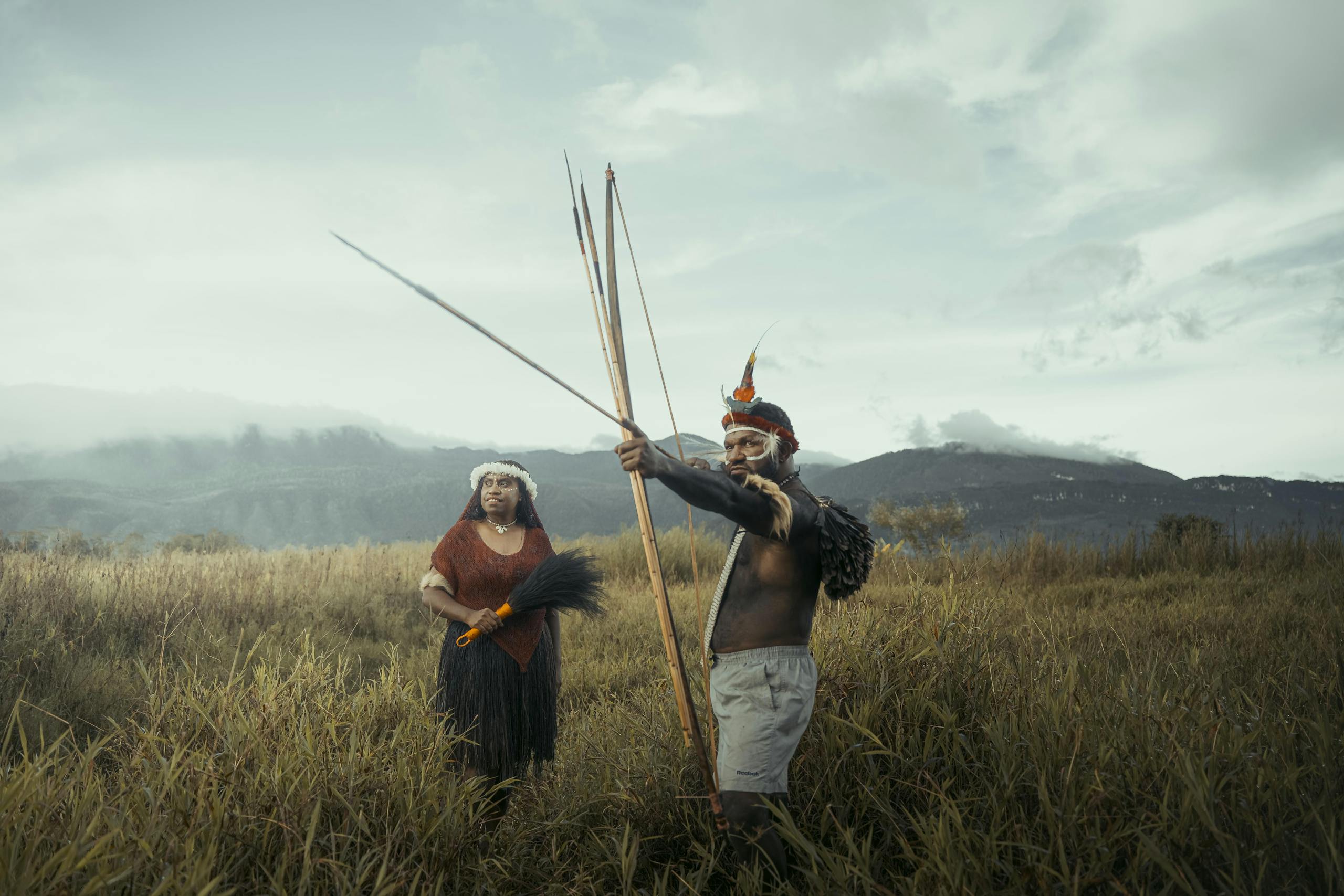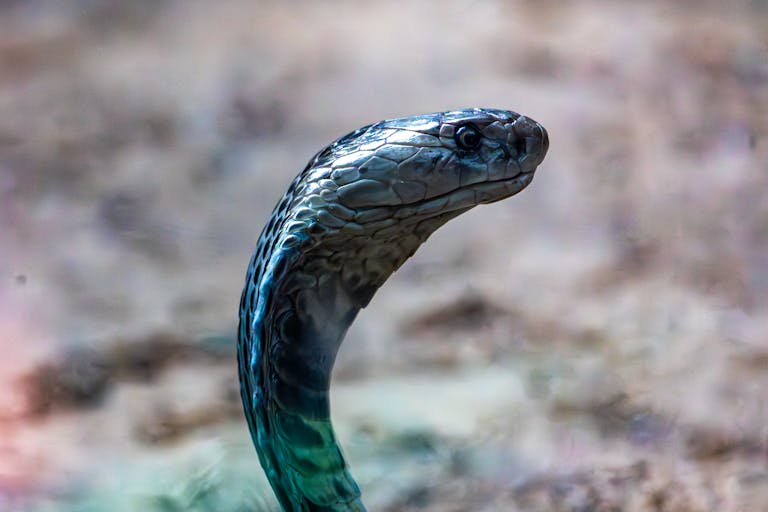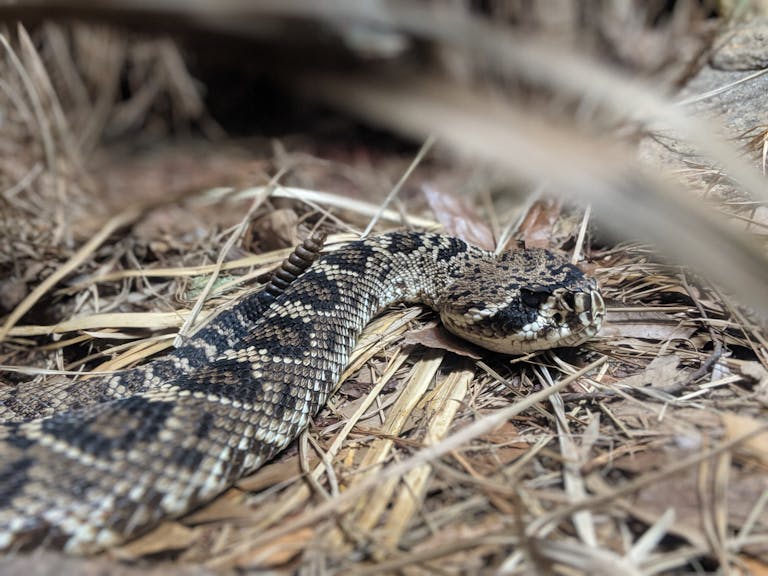AI Research Unlocks the Hidden Origins of Papua New Guineans

Human history is full of surprises, and every new discovery adds another twist to our shared story. One of the most fascinating chapters comes from Papua New Guinea, where the people’s genetic past challenges what we thought we knew about migration, adaptation, and evolution.
A fresh study powered by Artificial Intelligence (AI) has taken a closer look at their ancestry — and the findings are both intriguing and a little mysterious.
A Shared Journey Out of Africa
Most scientists agree that all non-African populations trace their origins back to a single wave of migration out of Africa between 50,000 and 70,000 years ago. Papua New Guineans are no exception. Using advanced genomic data and AI-driven models, researchers confirmed that their ancestors share this same foundation with other Asian populations.
But here’s where it gets interesting: while the genetics clearly place Papua New Guineans within the Asian family tree, their physical appearance often resembles groups from Sub-Saharan Africa. This has long puzzled scientists and fueled speculation that they might have come from a completely separate migration wave.

The “First Out of Africa” Hypothesis
Earlier archaeological findings suggested a different possibility: that the ancestors of Papua New Guineans might have been part of a much earlier migration, sometimes called the “First Out of Africa” movement. This group, following a coastal route through India and Southeast Asia, could have reached Oceania tens of thousands of years before humans made it into Europe.
Evidence supporting this theory comes from the oldest known human site in Oceania, which dates back 50,000–60,000 years — older than the earliest European sites. Could Papua New Guineans carry the genetic memory of this forgotten wave?
Modern DNA sequencing has provided a more cautious answer. While the majority of Papuan ancestry links strongly to other non-African groups, a small contribution from this early dispersal can’t be fully ruled out.
Denisovan Echoes in the Genome
Adding to the complexity, the genomes of Papua New Guineans contain a remarkable amount of Denisovan DNA. Denisovans were an ancient human group closely related to Neanderthals, and their genetic legacy lives on most strongly in modern populations of Oceania. This likely came from interbreeding events in Southeast Asia or Oceania, shaping the unique profile of Papuan ancestry.
Think of it this way: Papua New Guineans carry a blend of ancient human stories — part Asian, part Denisovan, with whispers of an even earlier migration that remains just out of reach.
The Role of Isolation and Adaptation
So why do Papua New Guineans look so different from their Asian genetic cousins? Researchers suggest the answer lies in adaptation. Living in tropical island environments may have shaped physical traits that echo those seen in African populations, even though the genetic roots remain firmly tied to Asia.
Isolation also played a huge role. Unlike Europe and much of Asia, which experienced massive population booms during the spread of farming, the ancestors of Papua New Guineans remained in relatively small, stable communities. This population bottleneck left unique signatures in their DNA, sometimes creating the illusion of “unknown ancestry.”
A Mystery Still Unfolding
Despite the breakthroughs of this AI-driven study, the full story of Papua New Guineans is not yet settled. Were they an early branch that diverged before Europeans and Asians? Do they preserve ancestry from the elusive “First Out of Africa” group? Or are they simply one of the most fascinating sister groups within Asia’s family tree?

The beauty of science is that each answer leads to new questions. What’s clear is that Papua New Guineans represent one of the most remarkable living records of human history — a blend of endurance, adaptation, and ancient connections that continue to reshape our understanding of who we are.
As AI tools grow more powerful, we may soon uncover even deeper layers of this story. For now, though, Papua New Guinea remains one of the most captivating keys to our collective past — a reminder that human history is far more complex and interconnected than we ever imagined.





